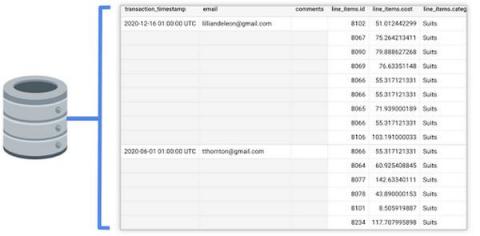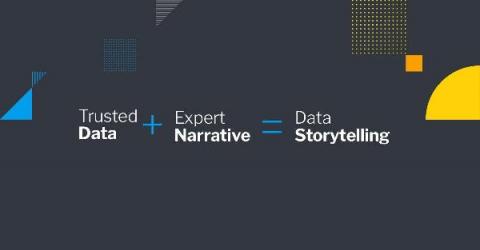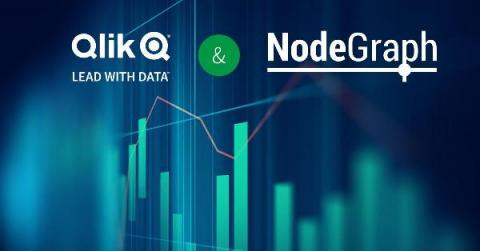Fresh Insights from High-Quality Data: How Migros is Delivering on the Full Potential of Business Intelligence
Migros is the largest retailer in Turkey, with more than 2500 outlets selling fresh produce and groceries to millions of people. To maintain high-quality operations, the company depends on fresh, accurate data. And to ensure high data quality, Migros depends on Talend. The sheer volume of data managed by Migros is astonishing. The company’s data warehouse currently holds more than 200 terabytes, and Migros is running more than 7,000 ETL (extract, transform, load) jobs every day.










